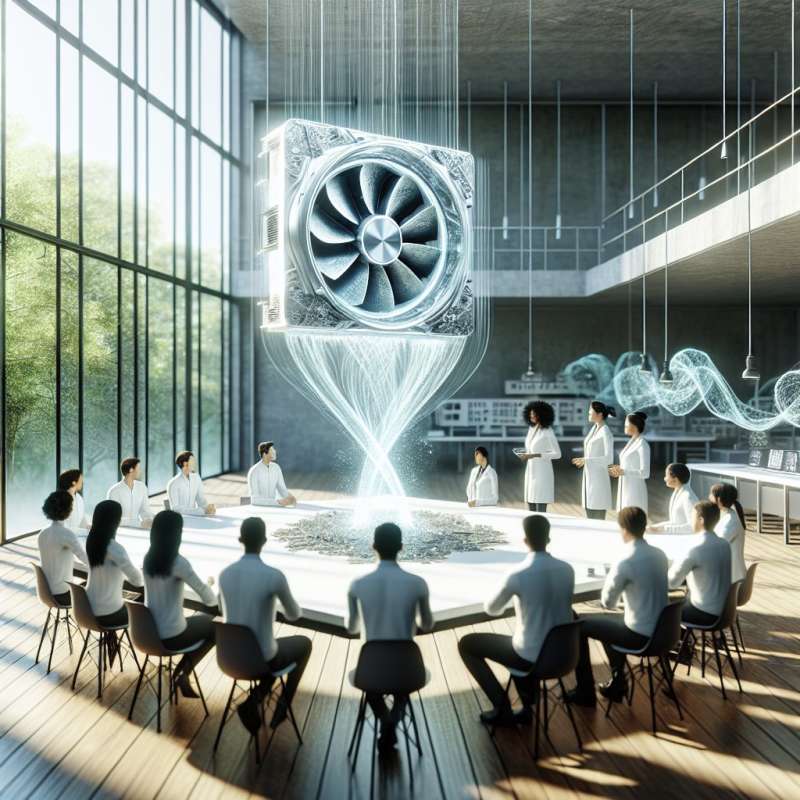
Central Processing Unit
The CPU is the PC's brain, executing instructions from programs. Modern CPUs feature billions of transistors, with some capable of processing AI algorithms directly, enhancing applications like voice recognition.
Motherboard: Connectivity Hub
The motherboard unites hardware components, facilitating communication. It's not just a circuit board; it contains advanced chipsets that manage data flow, and some have integrated Wi-Fi and Bluetooth.
Random Access Memory
RAM stores active data for quick CPU access. Interestingly, RAM's speed is measured in nanoseconds, and DDR4 RAM can achieve speeds up to 3200 MT/s, enhancing multitasking capabilities.
Graphics Processing Unit
GPUs render images, video, and animations. They are increasingly used for parallel processing in scientific research and cryptocurrency mining, offering computational power beyond mere graphics rendering.
Solid State Drives
SSDs store data on flash memory, with no moving parts. NVMe SSDs have revolutionized storage with read/write speeds multiple times faster than traditional SATA SSDs, reducing load times significantly.
Power Supply Units
PSUs convert AC to DC power, crucial for stable PC operation. High-efficiency models reduce electricity usage and heat generation, with some achieving over 90% efficiency ratings (80 Plus Platinum).
Cooling Systems Explained
Advanced cooling systems, like liquid cooling, maintain optimal temperatures for high-performance parts. They can use custom coolant mixtures that lower freezing points and increase thermal conductivity for extreme overclocking.
What executes program instructions in PCs?
Graphics Processing Unit
Central Processing Unit
Solid State Drives
Company